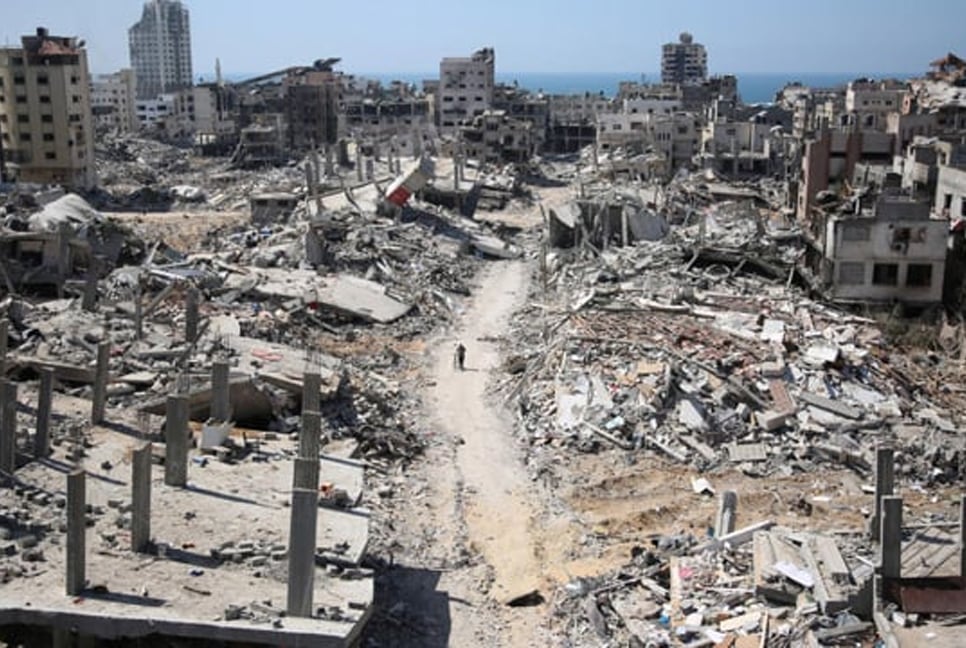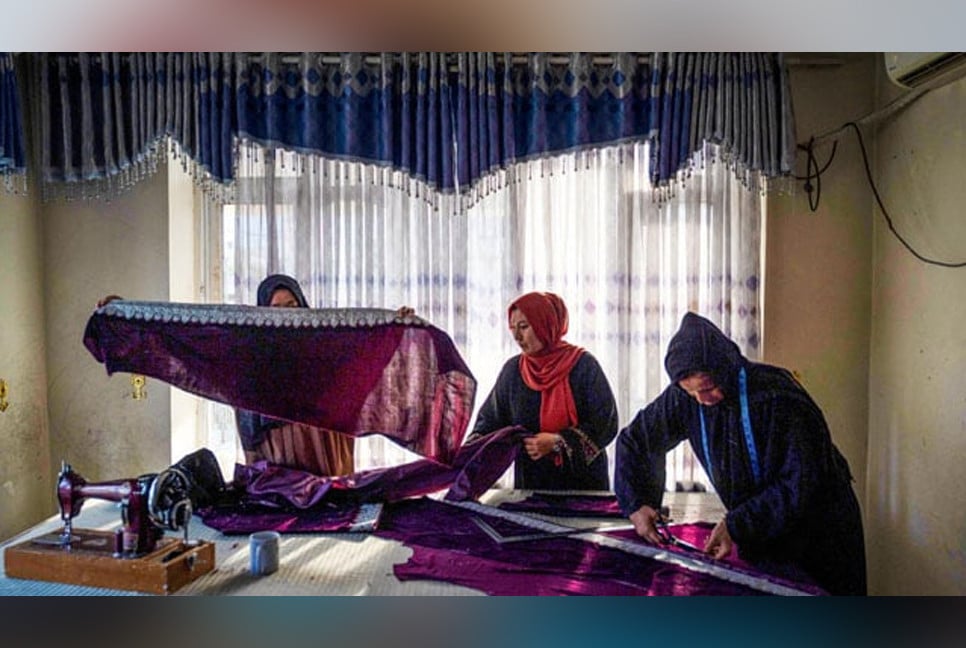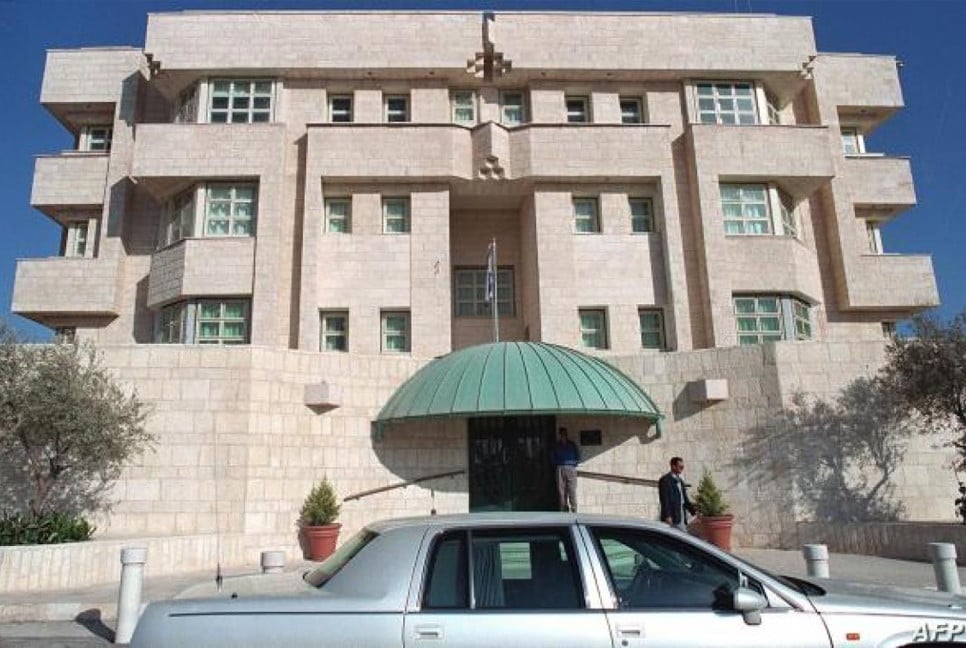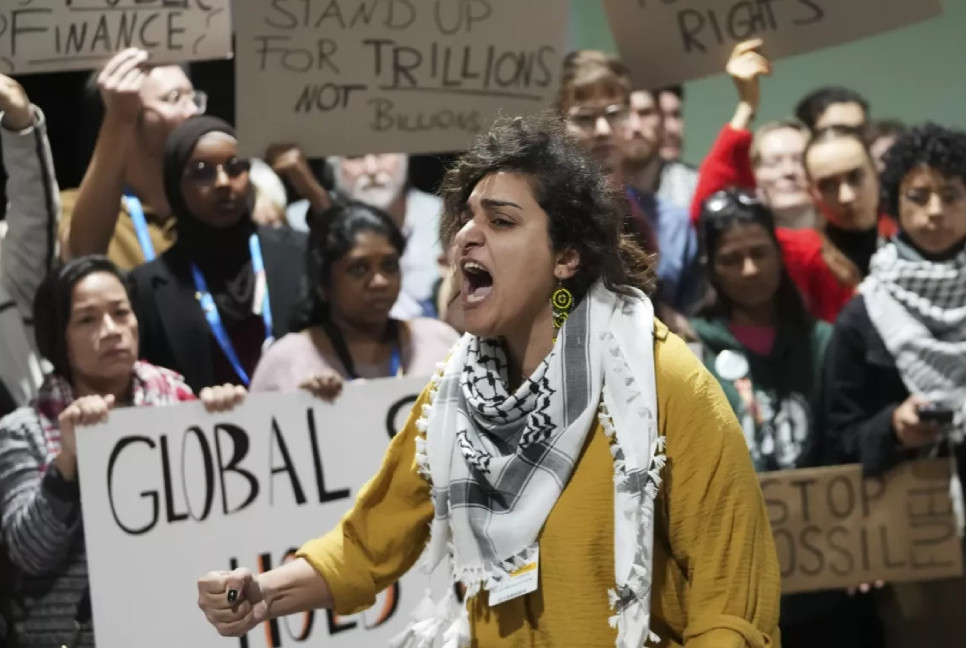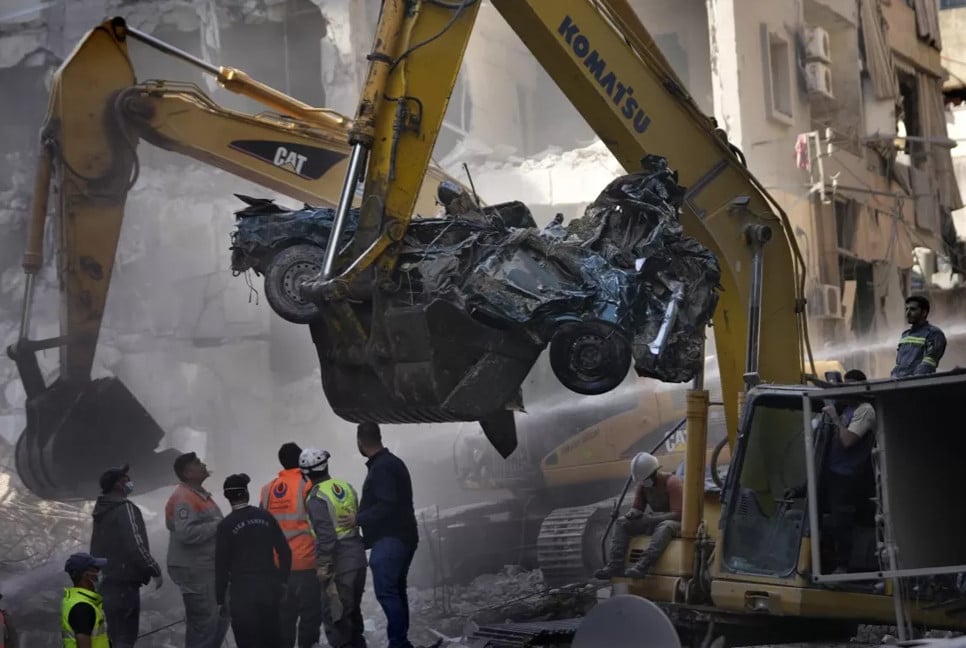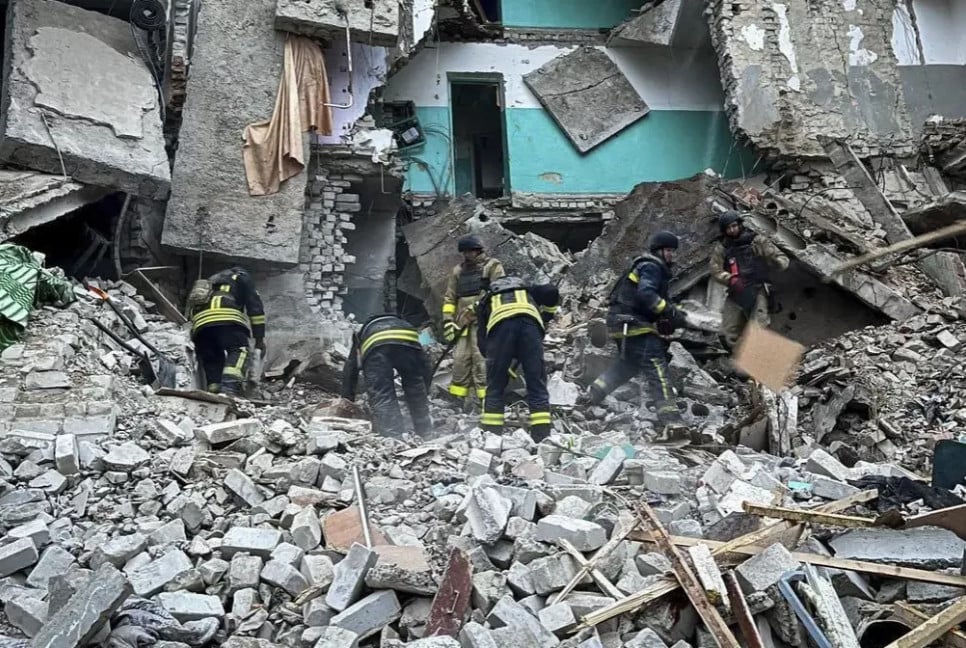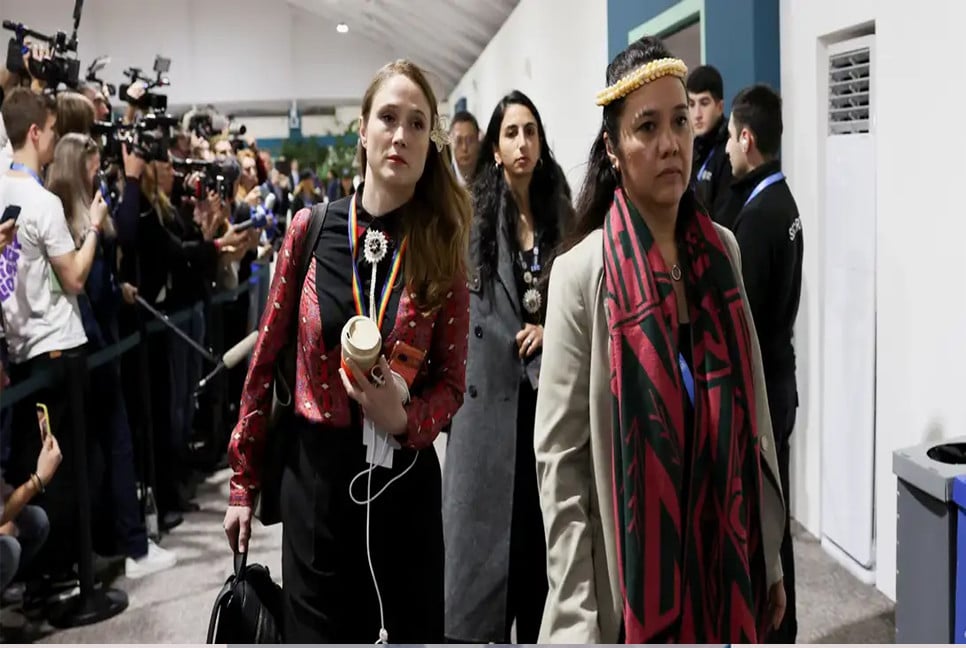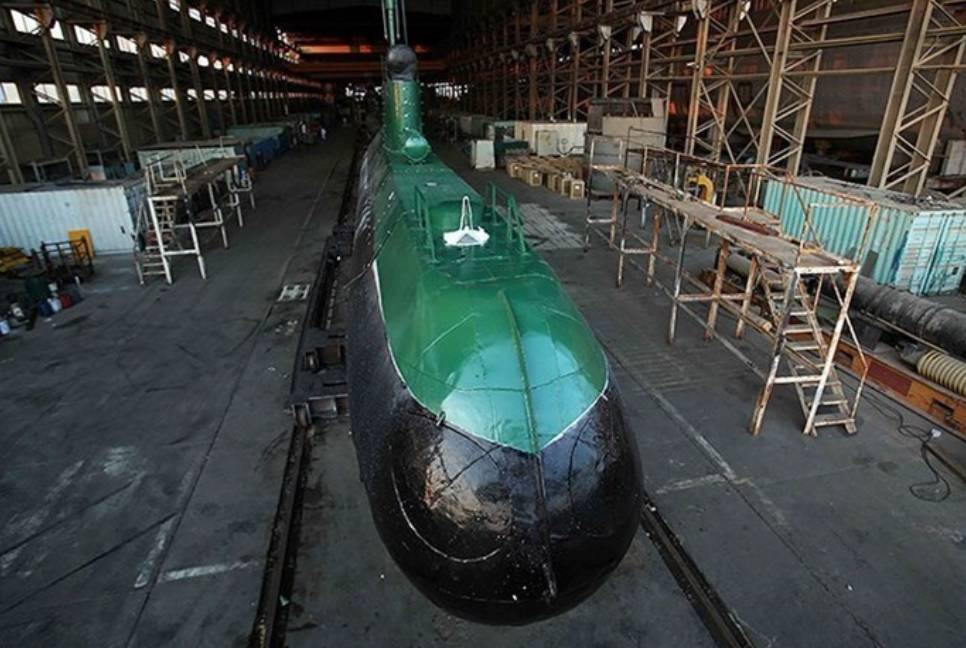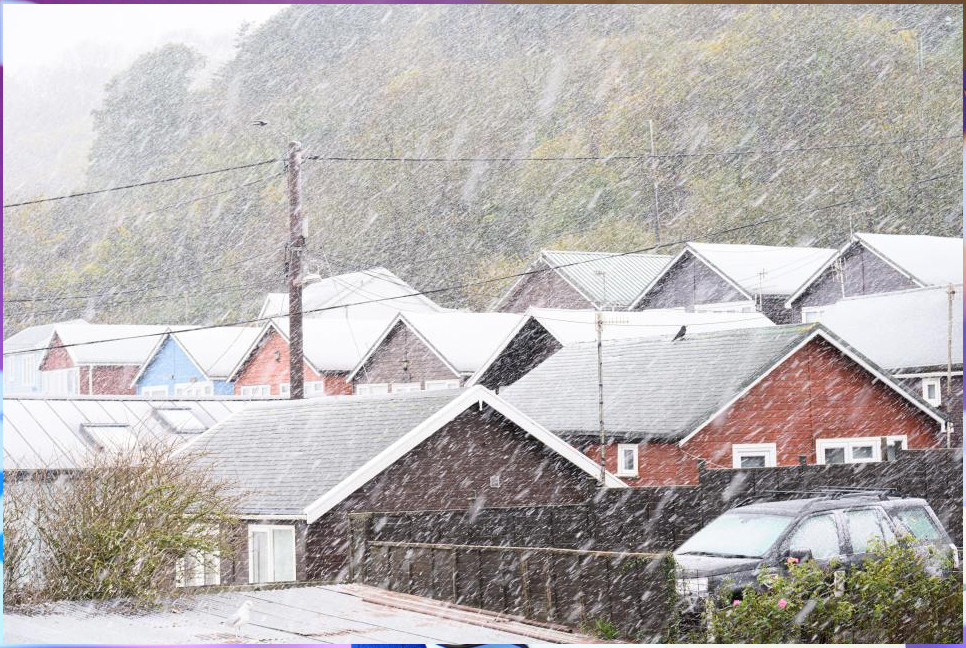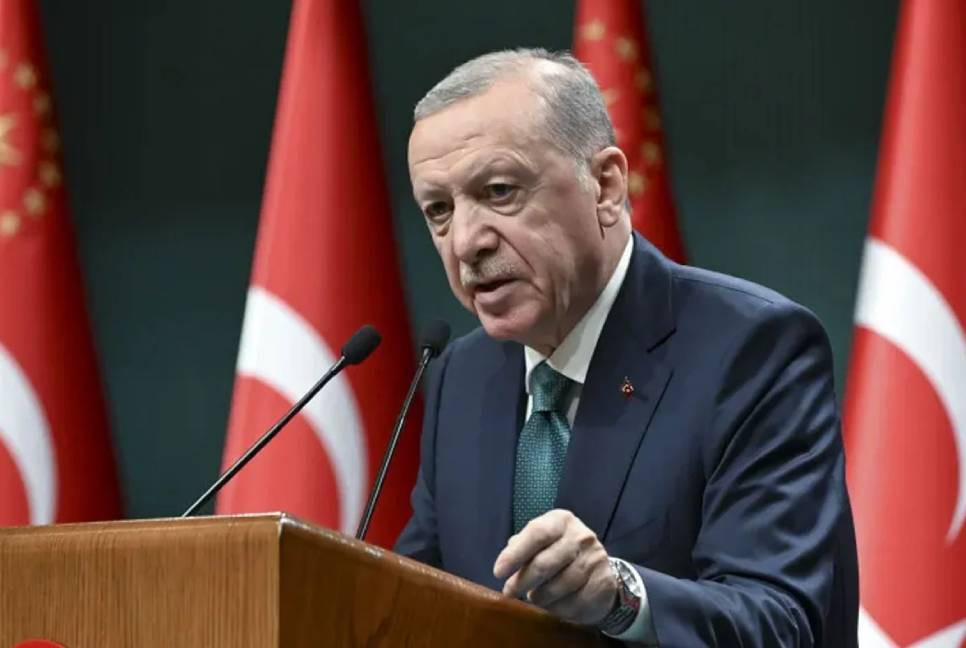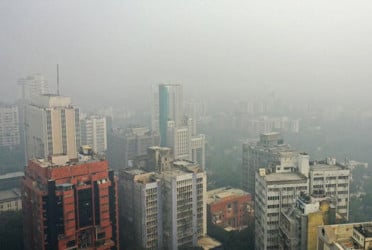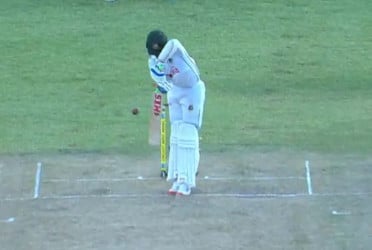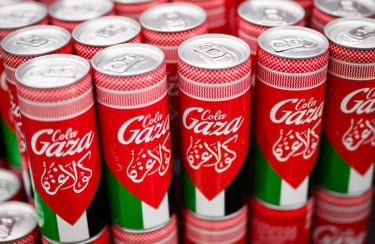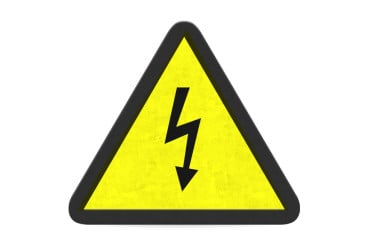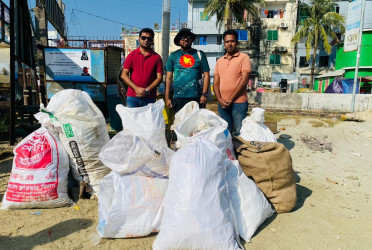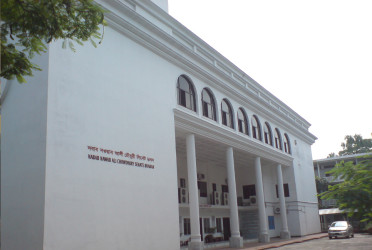The nearly year-long war in Gaza between Israel and Hamas has killed tens of thousands of people, and had what aid agencies have described as a catastrophic humanitarian impact, reports BSS.
But the sheer scale of bombardment and violence of the fighting have also disfigured the densely-populated Palestinian territory's urban landscape.
Gaza is one of the most densely populated places on the planet. Before the war 2.4 million people had been living on a 365-square-kilometre (140-square-mile) strip of land.
By September 13, 2024, nearly 59 per cent of the Gaza Strip's buildings had been damaged or destroyed, according to satellite imagery analysed by US researchers Corey Scher and Jamon Van Den Hoek. That amounts to close to 169,000 buildings.
The worst damage was done in the first two or three months after Hamas's October 7 attack on Israel that sparked the war, the researchers said.
Hamas's unprecedented assault resulted in the death of 1,205 on the Israeli side, most of them civilians, according to an AFP tally of Israeli official figures.
The figure includes hostages killed in captivity in the Gaza Strip.
Since October 7, at least 41,455 Palestinians, most of them civilians, have been killed in Israel's military campaign in Gaza, according to data provided by the health ministry in the Hamas-run Strip.
Those figures are acknowledged as reliable by the UN.
Before the war, Gaza City in the north of the territory was home to some 600,000 people. Almost three-quarters of its buildings have been damaged or destroyed.
In Rafah, Gaza's southernmost city along the border with Egypt, the Israeli army launched a ground offensive in early May.
Although relatively spared compared to Gaza City, gutted facades and buildings stand testament to the scars of war.
Rights group Amnesty International said that 90 percent of the buildings along 58 square kilometres of Gaza's border territory with Israel appear to have been "destroyed or severely damaged" between October 2023 and May 2024.
Bd-pratidin English/Tanvir Raihan

